Name Cesare Ripa | ||
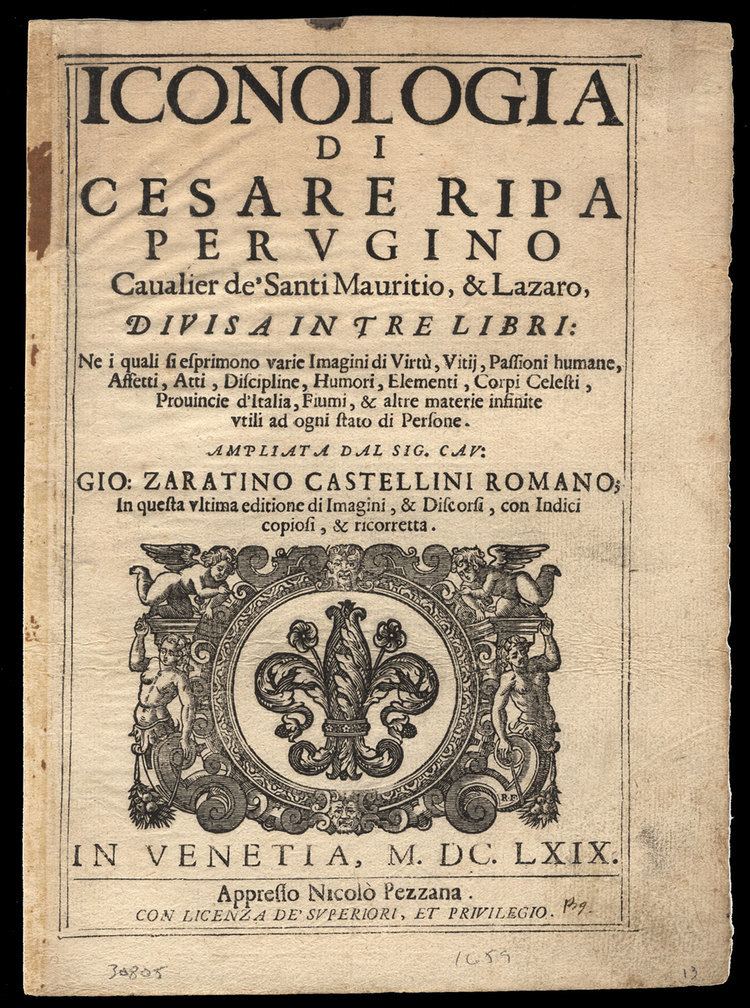 | ||
Books Iconologia Or Moral Emblems, Baroque and Rococo pictorial imagery | ||
Novissima iconologia 1625 cesare ripa 01 di 03
Cesare Ripa (c. 1560, Perugia – c. 1622) was an Italian iconographer who worked for Cardinal Anton Maria Salviati as a cook and butler.
Contents
- Novissima iconologia 1625 cesare ripa 01 di 03
- I millenni cesare ripa e i tesori ritrovati dell umanesimo
- Life
- Work
- History
- References
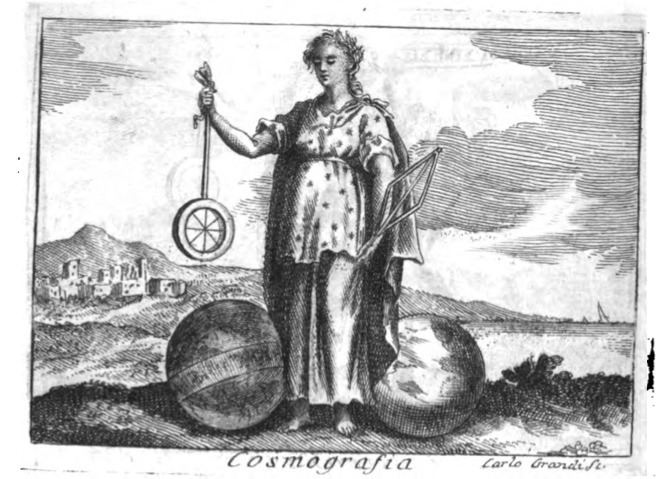
I millenni cesare ripa e i tesori ritrovati dell umanesimo
Life
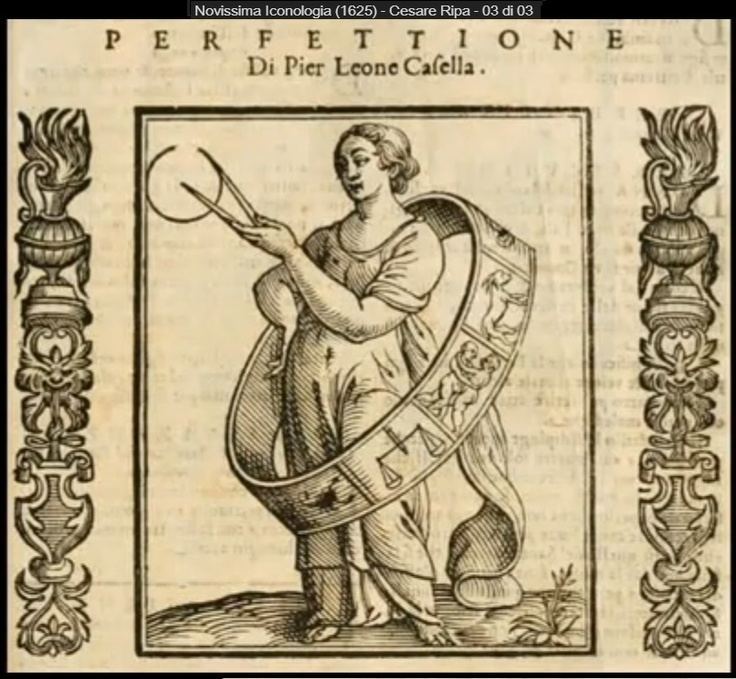
Little is known about his life. He was born in Perugia and died in Rome. After the death of the cardinal, Ripa worked for his relatives. He was knighted after his highly successful Iconologia, which he wrote in his free time, was published.
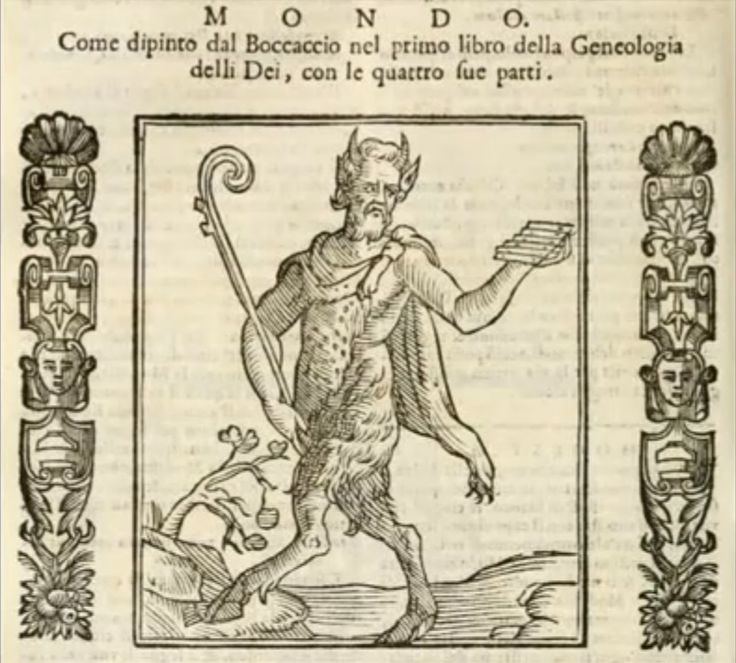
Work
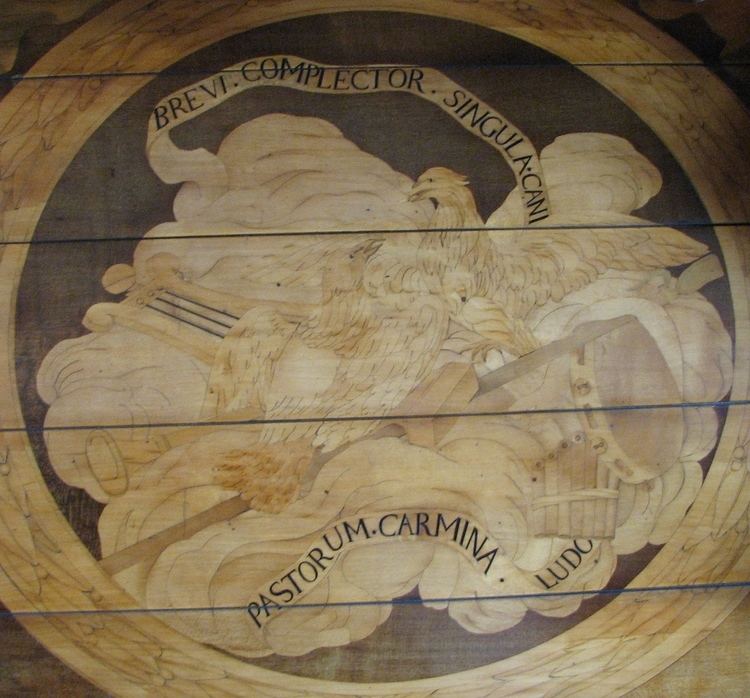
The Iconologia was a highly influential emblem book based on Egyptian, Greek and Roman emblematical representations. The book was used by orators, artists, poets and "modern Italians" to give substance to qualities such as virtues, vices, passions, arts and sciences. The concepts were arranged in alphabetical order, after the fashion of the Renaissance. For each there was a verbal description of the allegorical figure proposed by Ripa to embody the concept, giving the type and color of its clothing and its varied symbolic paraphernalias, along with the reasons why these were chosen, reasons often supported by references to literature (largely classical).
History
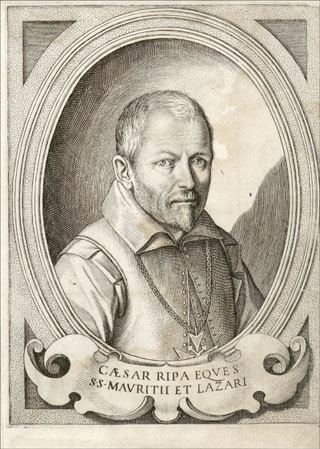
The first edition of his Iconologia was published without illustrations in 1593 and dedicated to Anton Maria Salviati. A second edition was published in Rome in 1603 this time with 684 concepts and 151 woodcuts, dedicated to Lorenzo Salviati. The book was extremely influential in the 17th and 18th centuries and was quoted extensively in various art forms. In particular, it influenced the painter Pietro da Cortona and his followers. Also Dutch painters like Gerard de Lairesse, Willem van Mieris based work on Ripa's emblems. Vermeer used the emblem for the muse Clio for his The Art of Painting, and several others in his The Allegory of Faith. A large part of Vondel's work cannot be understood without this allegorical source, and ornamentation of the Amsterdam townhall by Artus Quellinus, a sculptor, is totally dependent on Ripa. An English translation appeared in 1709 by Pierce Tempest.
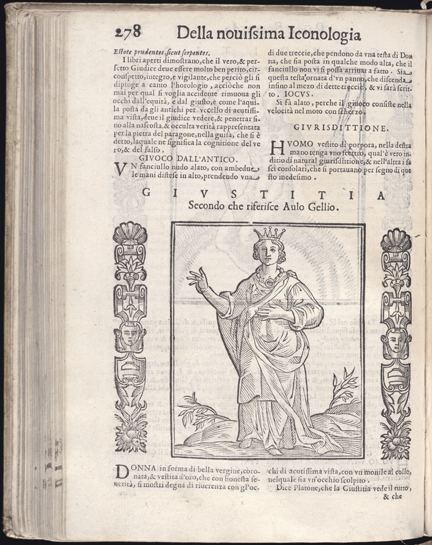
The baroque painter Antonio Cavallucci drew inspiration for his painting Origin of Music from the book. In 1779, the Scottish architect George Richardson's Iconology; or a Collection of Emblematical Figures; containing four hundred and twenty-four remarkable subjects, moral and instructive; in which are displayed the beauty of Virtue and deformity of Vice was published in London. The drawings were by William Hamilton. In 1819, Filippo Pitrucci, a London-based artist, published his version of Iconologia.
